Das Städtlein unter der Sonne: Der Mythos vom Renterinnen-Paradies Miami Beach im ewig sommerlichen Florida lebt. Trotz vielerlei angestrengt wirkender Marketing-Kampagnen der Touristikagenturen, Miami Beach als hippen, pulsierenden und jung-modernen Urlauber-Hotspot darzustellen, steht das Klischee von der lässigen Beach-Omi im kunterbunten Strandoutfit fest wie ein Fels in der Meeresbrandung. Das Image von Miami als Renterinnen*-Eldorado prägte die Nachkriegsgeneration, welche in den 70er- und 80er-Jahren ihr Arbeitsleben beendeten und sich für den Ruhestand im damals noch preiswerten und sehr sonnigen Südosten der USA niederließen. Darunter viele Jüdinnen und Juden, die als Kinder und Teenager dem Grauen des von Nazideutschland verbrochenen Holocaust in Europa entkommen konnten. Der Fotograf Andy Sweet fotografierte die Damen und Herren in Badeklamotten in ihrer ganzen Lebensfreude. Heiter, zuweilen skurril, aber stets liebenswert lächeln die Fotokompositionen im Buchband “Shtetl in the Sun” den Betrachter an.
“Forget the jokes about late ‘70s South Beach being the Yiddish-speaking section of “God’s Waiting Room”; yes, upwards of 20,000 elderly Jews made up nearly half of its population in those days — all crammed into an area of barely two square miles like a modern-day shtetl, the small, tightly knit Eastern European villages that defined so much of pre-World War II Jewry. But these New York transplants and Holocaust survivors all still had plenty of living, laughing and loving to do, as strikingly portrayed in Shtetl in the Sun…“(Letter16 Press)
Buchband mit Kultstatus: Shtetl in the Sun – käuflich erwerblich
Schon jetzt dürfte der vom Jüdischen Museum zeitnah zur Ausstellung herausgebene Fotoband “Shtetl in the Sun: Andy Sweet’s South Beach 1977-1980″ die Sammlerherzen weltweit höher schlagen lassen. Zum einen, weil die Fotos schlicht wunderschöne Zeitgeist-Zeugnisse sind, zum anderen, weil das jähe Ende des jungen Künstlerlebens von Andy Sweet, die in us-amerikanischen TV-Serien wie Miami Vice oder American Crime Story klischeehaft skizzierten Schattenseiten der sonnigen Großstadt Miami brutal real ins Schlaglicht reißt. “Because Andy Sweet died so young, and since his boxes of photos and negatives were lost, his work was almost lost forever. Sweet’s life was cut tragically short when he was murdered in 1982. Victim of a violent crime, he was brutally stabbed to death in his Miami Beach apartment…
The Last Resort – Dokufilm über die Arbeit von Andy Smith & Kollegen
Der junge Künstler und die Alten am Meer – Kulturgut gerettet
… Citizens of Miami “Beach and of Miami-Dade County were shocked and horrified by Andy’s senseless murder… This native son, affable and fun-loving, having just entered his artistic journey and becoming well known for establishing an important visual legacy, was abruptly gone. His family was so devastated, that for decades they could not face the emotional ordeal of what to do with his boxes of photographs. His extensive body of work exhibited a level of creative maturity far beyond his years. Time passed, but the Sweet family and their friends kept an emotional vigil. Andy’s photographs, in boxes containing thousands of colorful prints and original negatives, became their focal point. His extensive archive would represent his richly-lived short life. However, if there was any glory in their undertakings, there would be much more anguish — the family was heartbroken when in 2003 they were shocked to learn that a storage facility lost all of these boxes, and they feared his legacy was forever lost.” (William Spring)

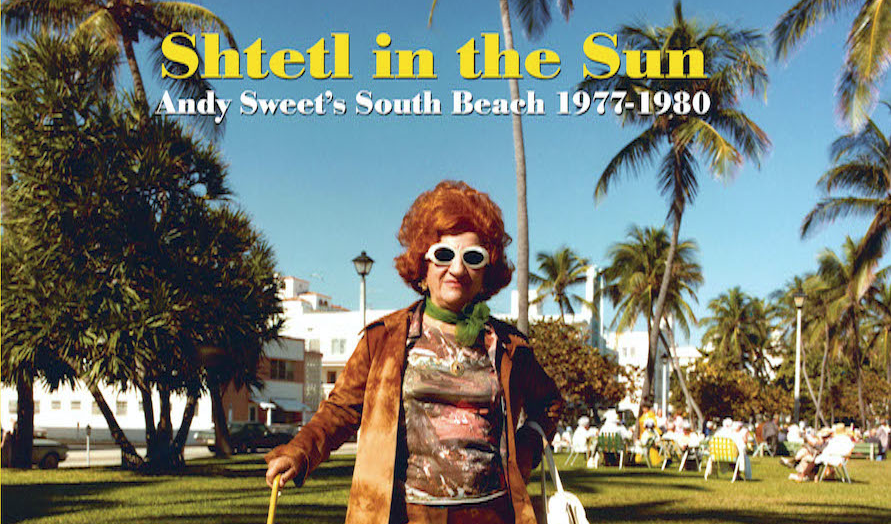
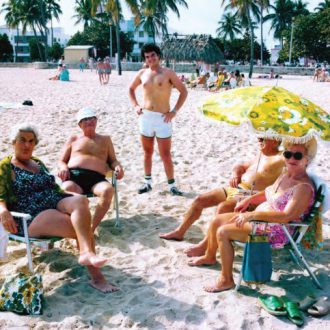
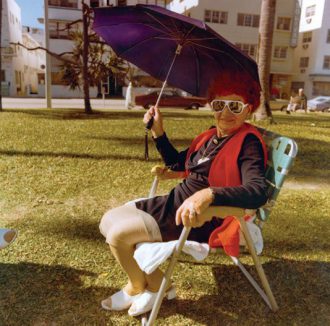

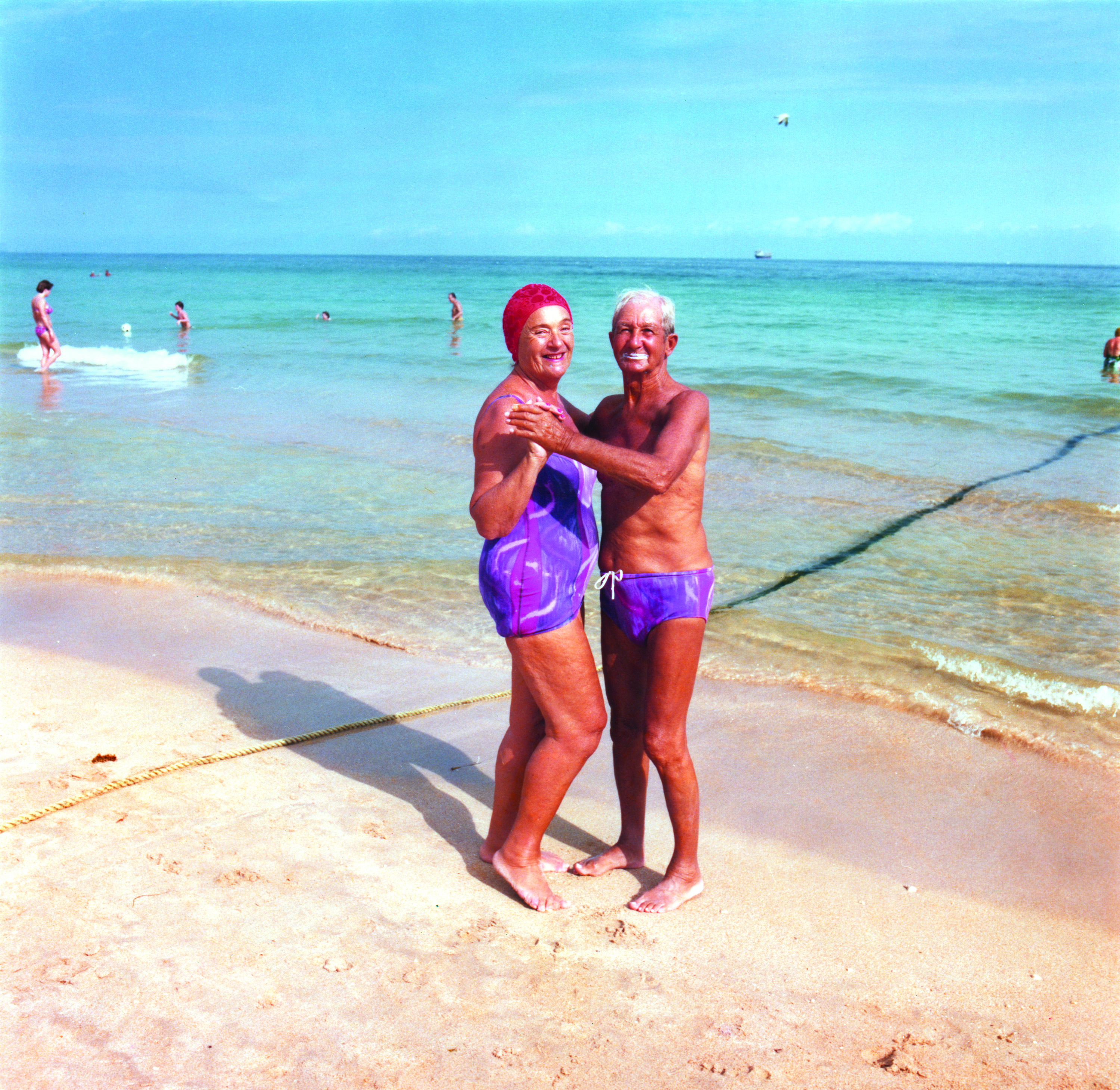
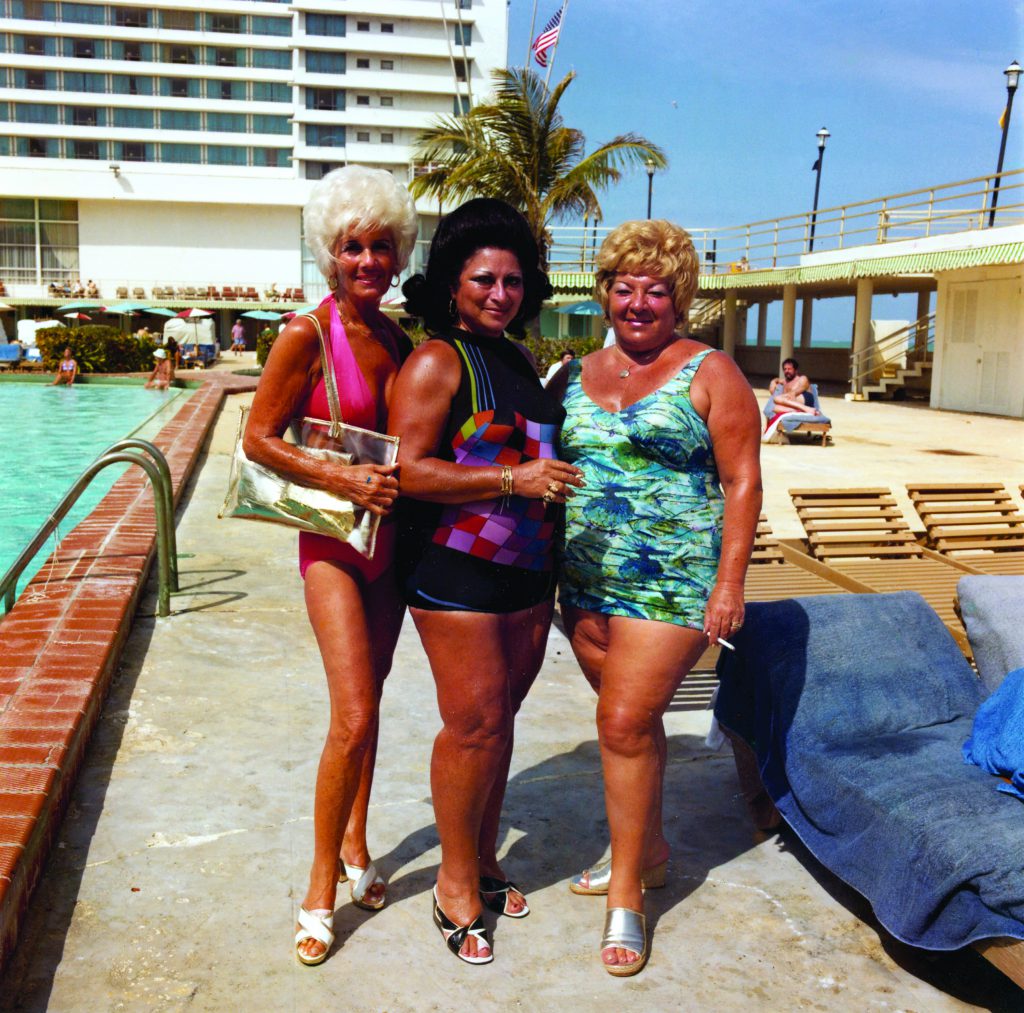

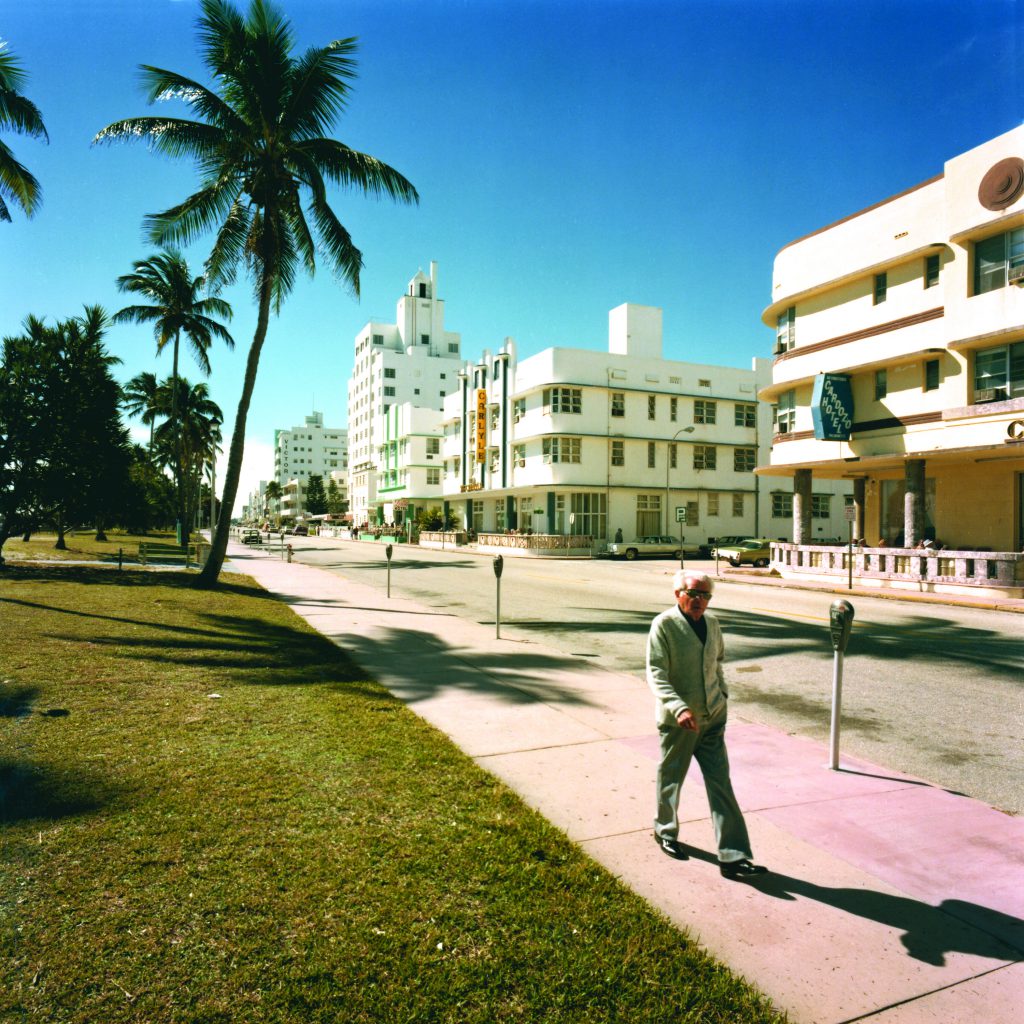


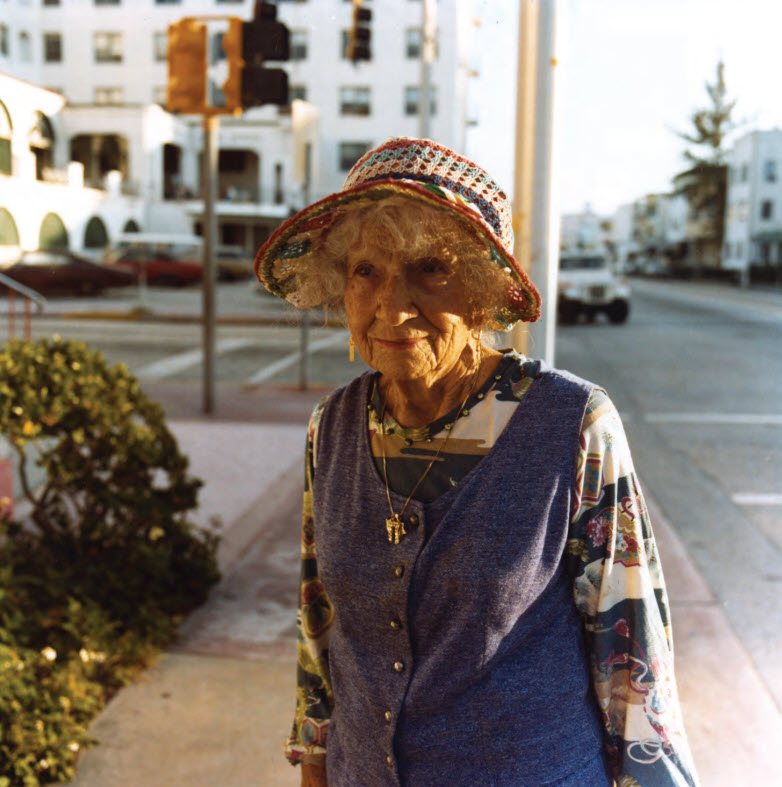
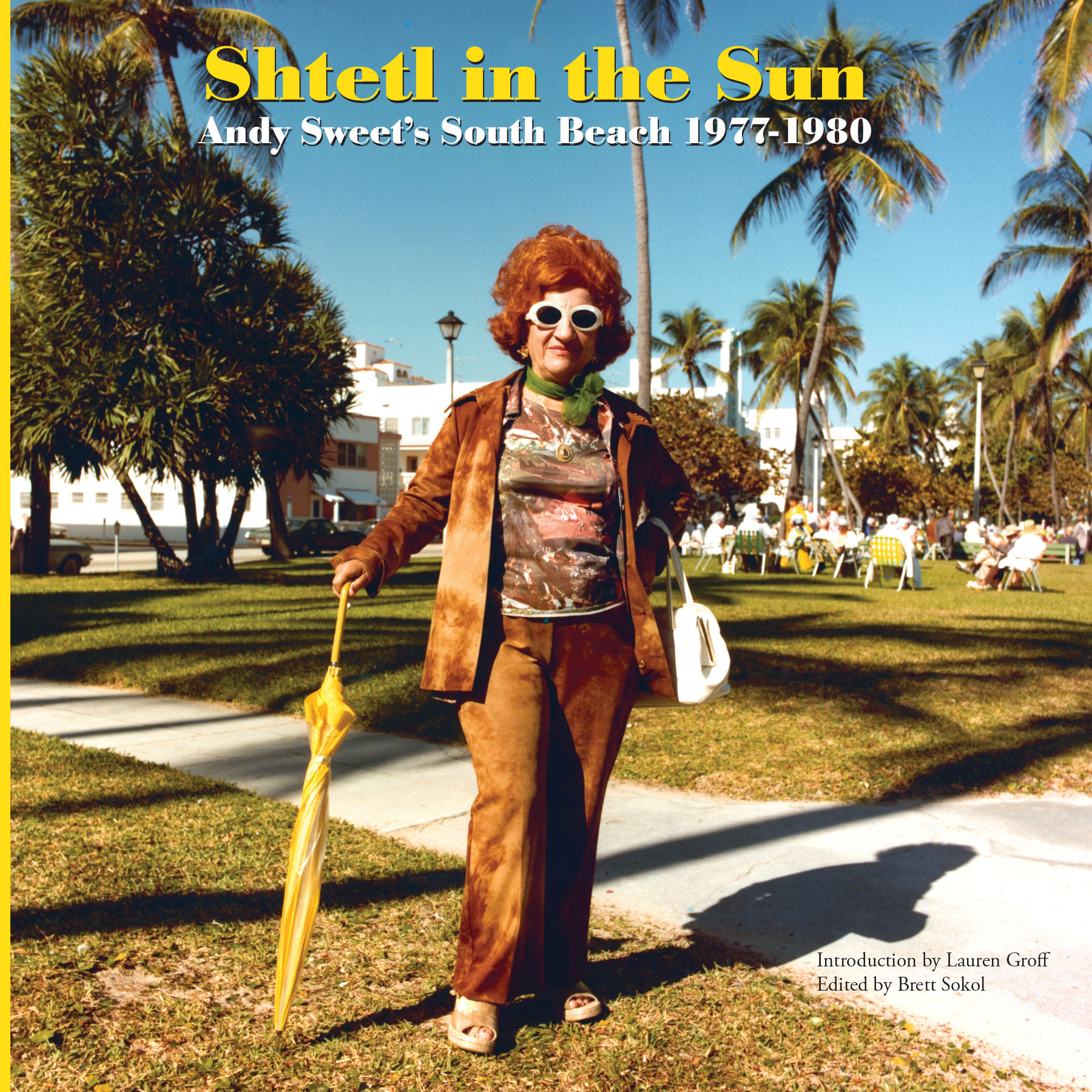

I am impressed with this internet site, very I am a big fan .
Very well written article. It will be supportive to everyone who usess it, as well as myself. Keep up the good work – i will definitely read more posts.